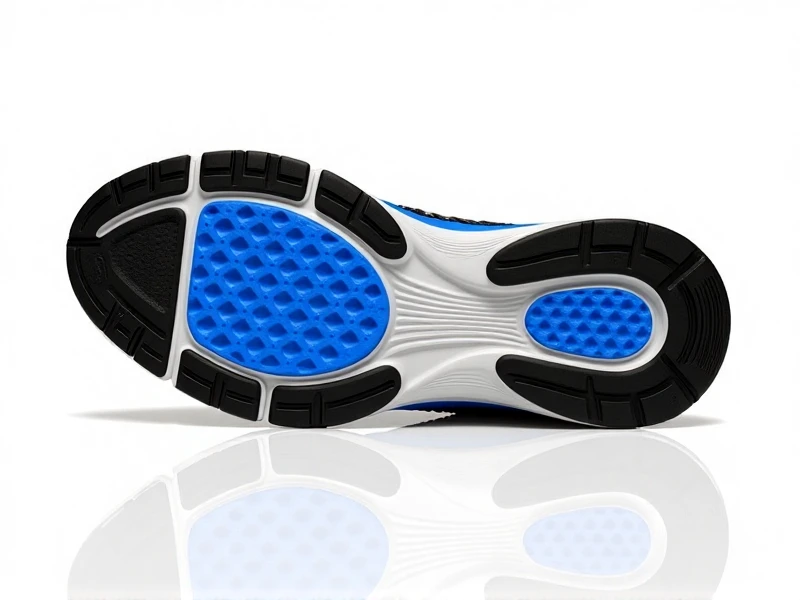
Demystifying Shock Absorption: Your Guide to Smoother, Safer Experiences
Ever wonder how your running shoes cushion each step or why your car feels comfortable on bumpy roads? It all comes down to shock absorption, a key mechanism that minimizes impact and vibration in various applications. With shock absorption, we protect ourselves and our equipment from damage, ensuring longevity and safety. As someone passionate about engineering solutions, I've explored how this principle enhances everyday life—let’s dive into the world of shock absorption to see how it works and why it matters.
Shock absorption is essentially the ability to absorb and dissipate energy from sudden impacts, transforming jarring forces into smoother transitions. In sports, for instance, quality athletic shoes with midsoles made from materials like EVA foam provide excellent shock absorption, reducing stress on joints during high-impact activities like running. This doesn't just prevent injuries; it improves performance by keeping you comfortable longer. Similarly, in the automotive industry, shock absorbers in suspension systems absorb road vibrations from pot-holes and bumps. Without them, a drive could feel harsh and exhausting, potentially leading to parts wearing out quickly. I remember testing different car models—and the best ones always had advanced hydraulics or air-based shock absorbers for that seamless ride.
The science behind effective shock absorption relies on materials and design. Common components include rubber mounts, gel inserts, and pneumatic setups, each with unique advantages. For example, rubber delivers reliable shock absorption at low costs, ideal for industrial machinery to prevent equipment shake. Or consider foam mats in gyms—they're perfect for absorbing shock to protect both floors and users. When choosing a shock-absorbing solution, factors like load capacity and environmental conditions come into play. As a DIY enthusiast, I experimented with adding foam underlays to my home-office chair—the result? Less backache from sitting all day!
Beyond comfort, shock absorption builds safer environments. In construction, seismic dampers protect buildings during earthquakes by dissipating tremors, while in consumer goods, it extends the life of electronics like laptops. The bottom line? Prioritizing shock absorption saves money and reduces risks. To implement it effectively, start by assessing your needs—consult professionals for tailored advice. Ultimately, mastering this technique unlocks smoother operations in all that you do. Curious about specific products? Explore options like specialized insoles or automotive parts to step up your safety game.
( 436)